HTML Tables: A Complete Guide for Beginners
HTML tables are one of the most useful tools for organizing and displaying structured data on a webpage. They allow you to arrange information in rows and columns, making it easy to compare values, show reports, create schedules, or display pricing plans. Whether you are a beginner learning web development or a professional creating data-heavy dashboards, understanding HTML tables is essential.
What is an HTML Table?
An HTML table is a collection of rows and columns used to display information in a structured way. It is created using the <table> tag, and inside it, rows are defined with <tr> (table row), while cells are created with <td> (table data) or <th> (table header).
Basic Table Example
The simplest table consists of rows and columns. Each row contains one or more cells that hold the data.
<table border="1">
<tr><td>Row 1, Column 1</td><td>Row 1, Column 2</td></tr>
<tr><td>Row 2, Column 1</td><td>Row 2, Column 2</td></tr>
</table>
In this example, we created a table with two rows and two columns.
Adding Table Headers
Headers make a table easier to read and more accessible. You can add headers using the <th> tag, which usually appears in the first row of the table. By default, header text is bold and centered.
<table border="1">
<tr><th>Name</th><th>Age</th><th>City</th></tr>
<tr><td>John</td><td>25</td><td>New York</td></tr>
<tr><td>Alice</td><td>30</td><td>London</td></tr>
</table>
Here, the top row defines the headers: Name, Age, and City.
Using Colspan and Rowspan
Sometimes you may want a cell to extend across multiple rows or columns. For this, HTML provides two attributes: colspan and rowspan.
- colspan – merges multiple columns into a single cell.
- rowspan – merges multiple rows into a single cell.
<table border="1">
<tr><th>Name</th><th>Details</th></tr>
<tr><td rowspan="2">John</td><td>25 years old</td></tr>
<tr><td>Lives in New York</td></tr>
<tr><td colspan="2">End of Table</td></tr>
</table>
In this example, the cell “John” spans two rows, and the last row merges both columns.
Adding Captions to Tables
To describe the purpose of a table, you can use the <caption> tag. This is very helpful for accessibility and SEO, as search engines understand the context better.
<table border="1">
<caption>Employee Information</caption>
<tr><th>Name</th><th>Department</th></tr>
<tr><td>David</td><td>Finance</td></tr>
<tr><td>Sara</td><td>Marketing</td></tr>
</table>
Styling Tables with CSS
Instead of using inline attributes like border="1", it’s best to style tables with CSS. This makes them modern, responsive, and visually appealing.
<style>
table {width:100%;border-collapse:collapse;}
th,td {border:1px solid #333;padding:8px;text-align:left;}
th {background:#f4f4f4;}
</style>
<table>
<tr><th>Product</th><th>Price</th></tr>
<tr><td>Laptop</td><td>$800</td></tr>
<tr><td>Phone</td><td>$500</td></tr>
</table>
Responsive Tables
On smaller screens, large tables may overflow. To fix this, you can wrap the table inside a scrollable container.
<div style="overflow-x:auto;">
<table>
<tr><th>Course</th><th>Duration</th><th>Fee</th></tr>
<tr><td>Web Development</td><td>6 Months</td><td>$300</td></tr>
<tr><td>Graphic Design</td><td>3 Months</td><td>$150</td></tr>
</table>
</div>
Best Practices for HTML Tables
- Use
<th>for headers to improve accessibility. - Add
<caption>to describe the table. - Keep tables simple and avoid unnecessary complexity.
- Use CSS for styling instead of inline attributes.
- Make tables responsive for mobile devices.
- For complex data, consider using semantic attributes like
scopefor better screen reader support.
When to Use Tables?
HTML tables are best used for tabular data such as:
- Price lists
- Schedules or timetables
- Product comparisons
- Reports and statistics
- Contact directories
They should not be used for page layouts, as modern CSS offers better layout techniques like Flexbox and Grid.
Conclusion
HTML tables remain a powerful and necessary tool for displaying structured data on websites. By learning how to use <table>, <tr>, <td>, <th>, along with attributes like colspan and rowspan, you can create professional, accessible, and SEO-friendly tables. Combine them with CSS for a modern look, and always ensure they are responsive for all devices. Mastering tables will give you an advantage in web development projects where data organization is key.
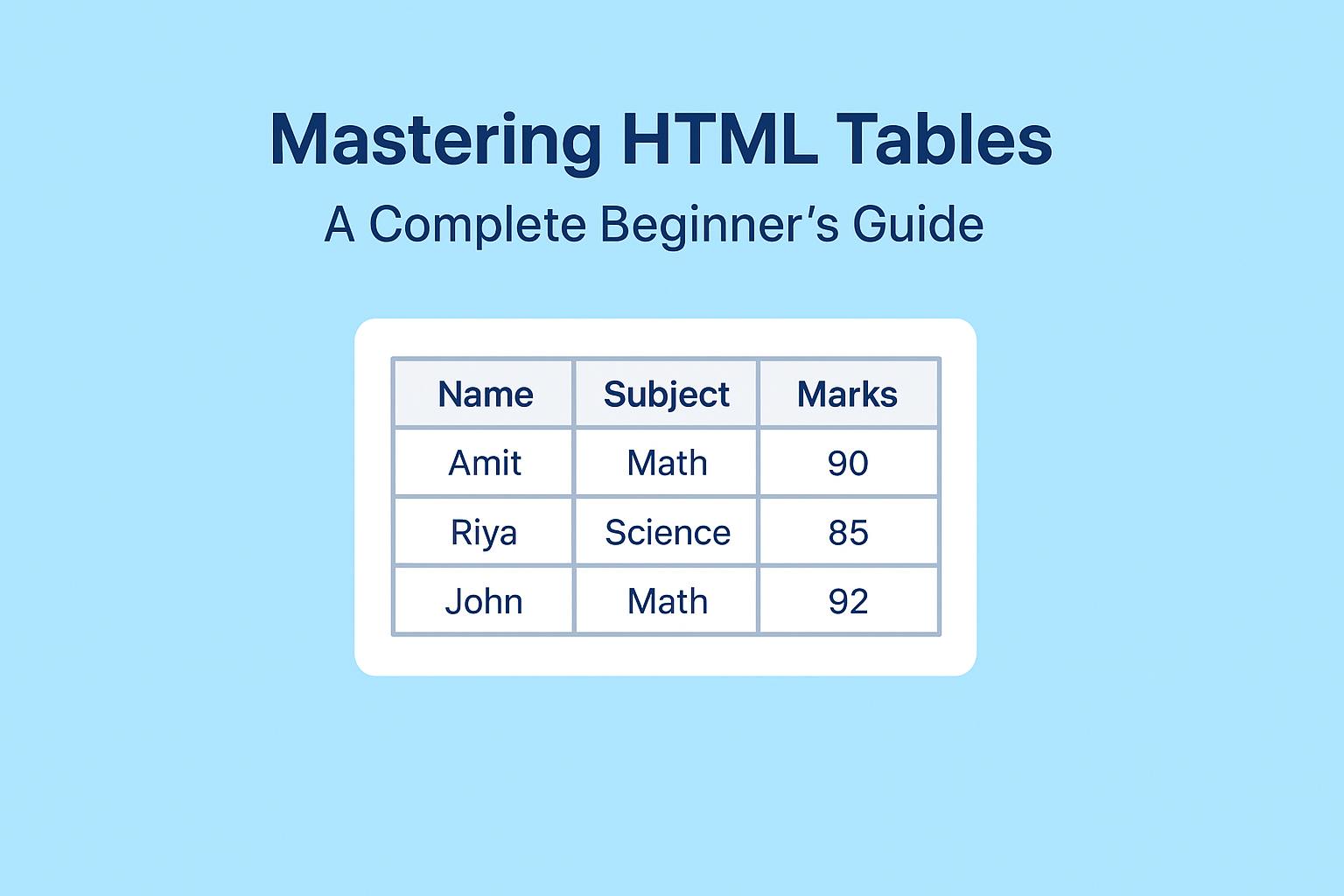

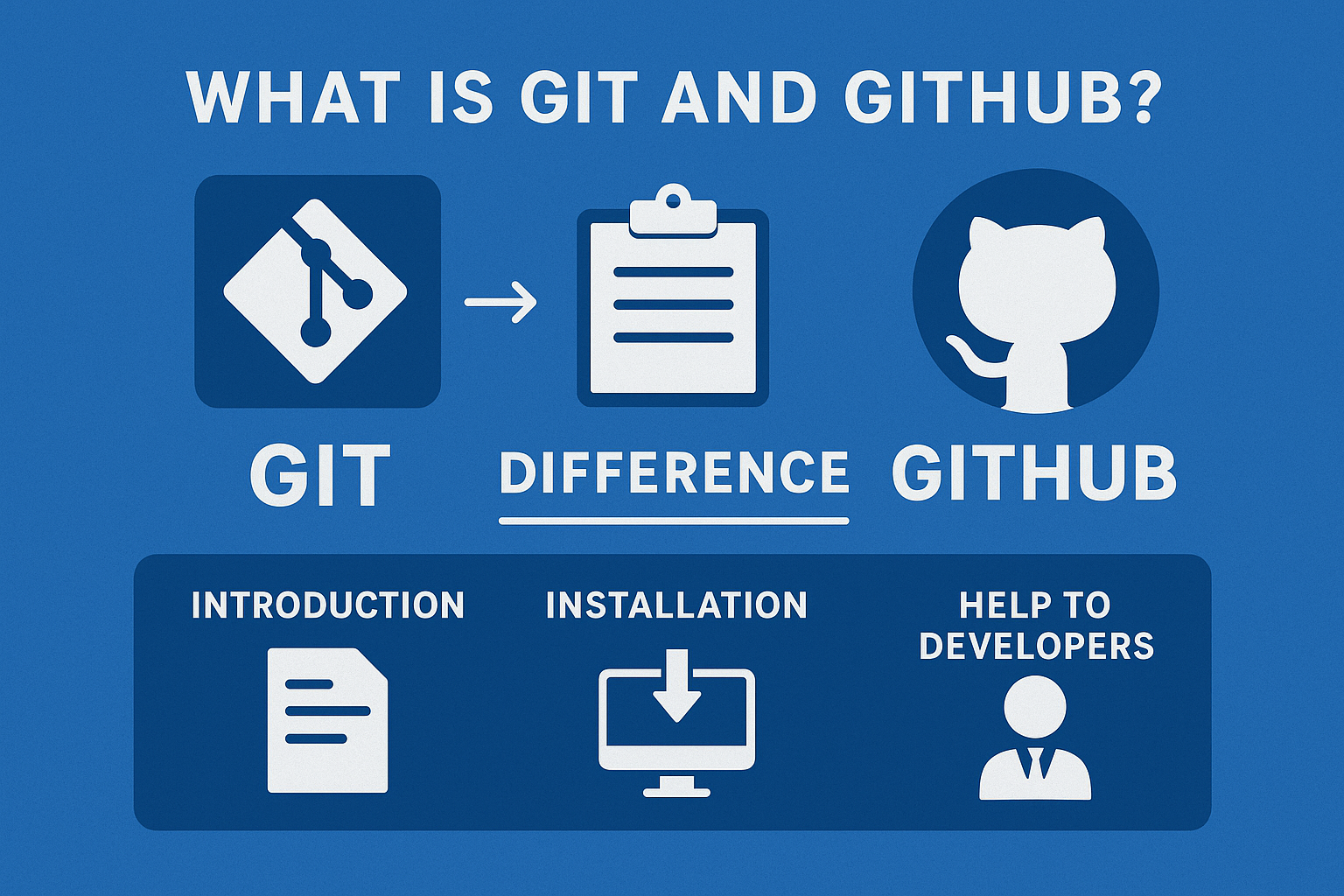
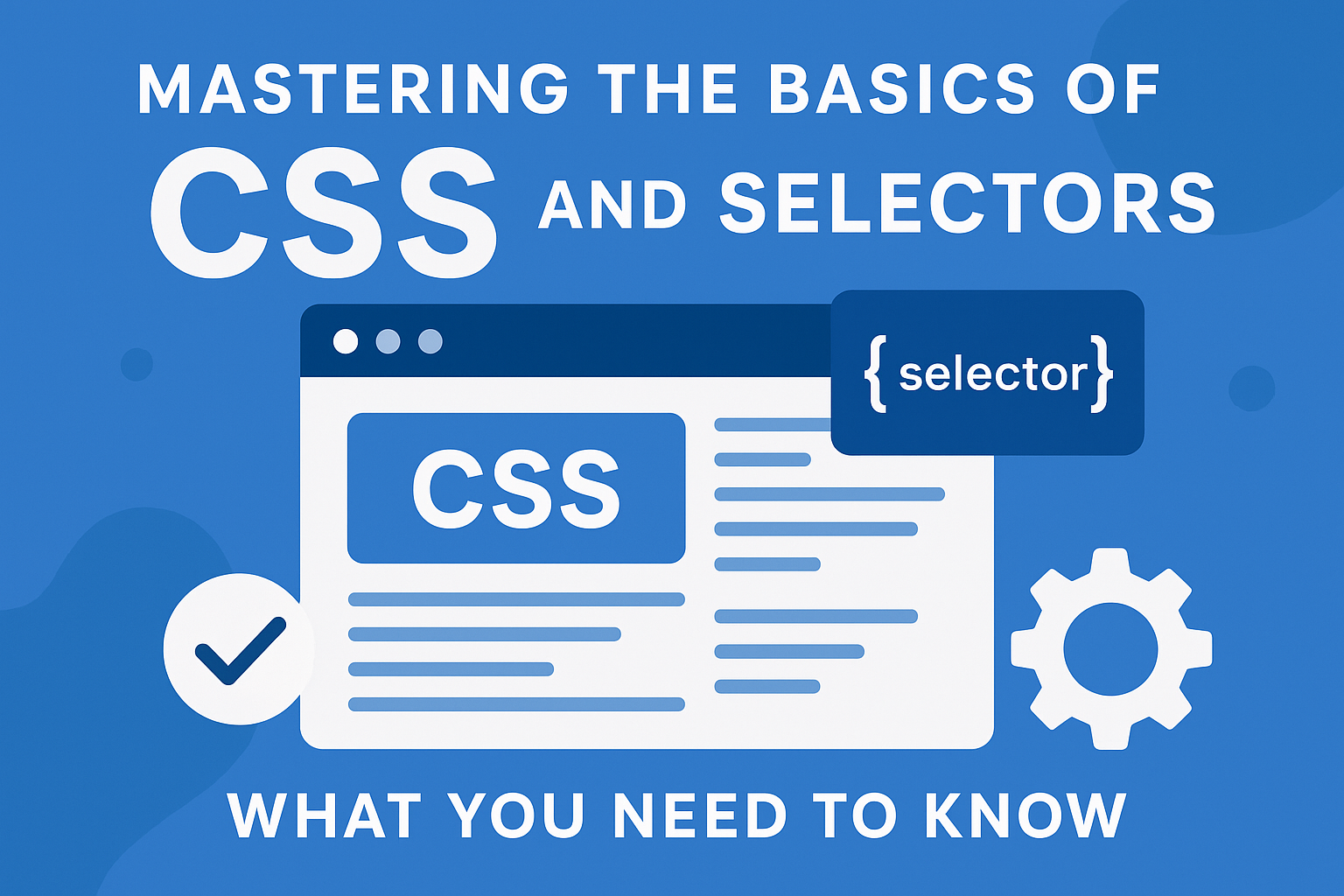
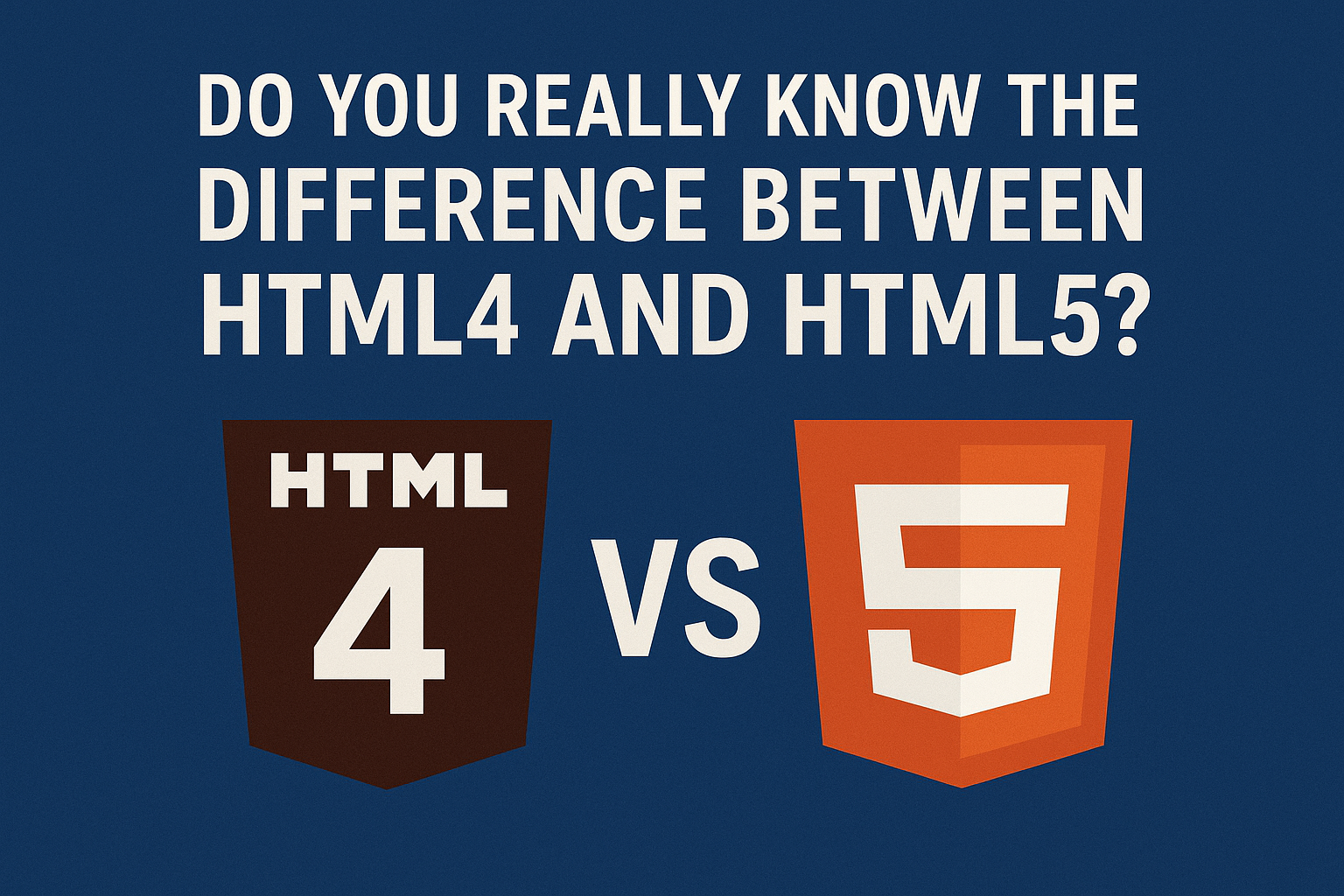

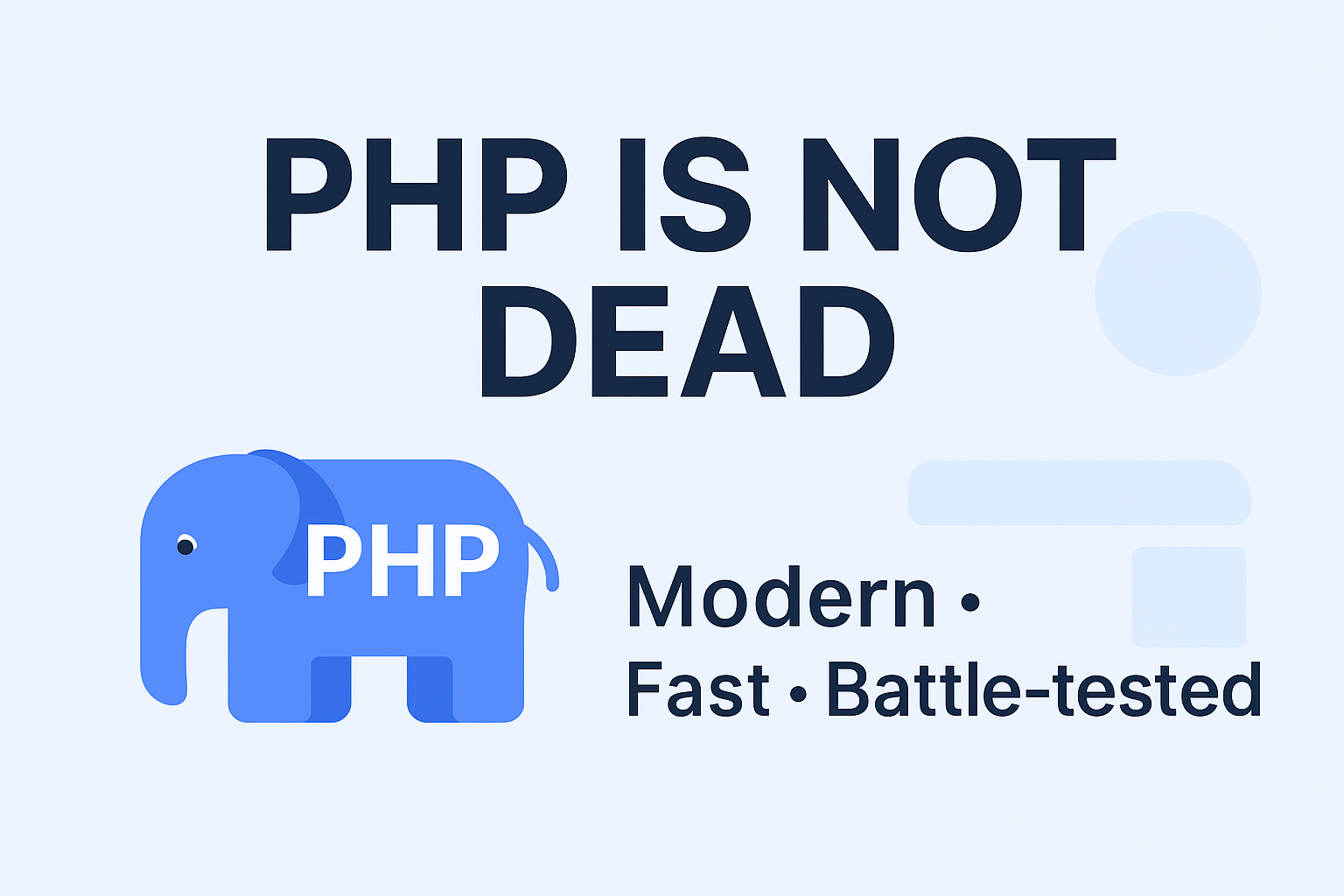

Discussion (0)
Leave a comment